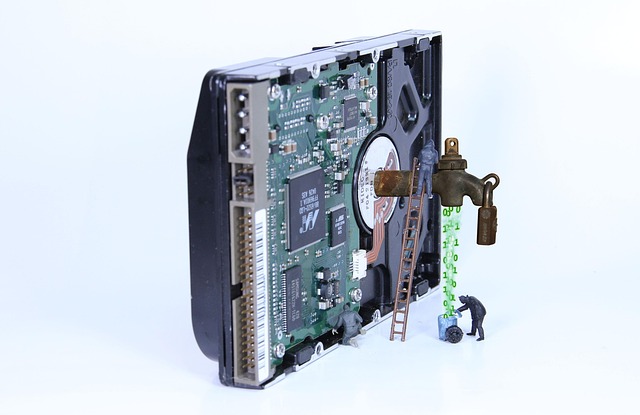
Unveiling the Power of Data Models in IT: An Essential Guide for Informational Technology Enthusiasts
Understanding Data Models in IT
In the vast and ever-evolving field of informational technology, data models stand as the backbone of effective data management and utilization. As IT enthusiasts, we often encounter a wealth of information that needs to be organized, interpreted, and transformed into actionable insights. Navigating through this data jungle becomes more manageable through the lens of well-defined data models.
The Essence of Data Models
A data model serves as a blueprint for data structure. It defines how data is connected, how it is processed, and how it can be stored in databases. By establishing a clear framework, data models not only help IT professionals in their day-to-day tasks but also ensure consistency and clarity across various systems.
Importance in Database Management
In the realm of databases, the significance of data models cannot be overstated. They play a crucial role in database design, enabling professionals to create structures that facilitate efficient querying and reporting. Whether you’re working with relational databases or exploring the landscape of NoSQL systems, having a solid grasp of data modeling principles will elevate your IT skill set.
Types of Data Models
Data models come in various forms, each suited for different scenarios:
- Conceptual Data Models: Offer high-level overviews of the system and its entities without delving into technical details.
- Logical Data Models: Provide a more structured approach, defining entities, attributes, and relationships while remaining independent of physical considerations.
- Physical Data Models: Translate logical models into specific database structures, detailing how data is stored, accessed, and managed at a technical level.
Transforming Raw Data into Valuable Insights
With the explosion of big data, understanding data models allows IT professionals to convert raw information into valuable insights. By ensuring data is well-structured and easily accessible, organizations can leverage analytics to make informed decisions, enhance customer experiences, and drive innovation. The power of data modeling lies in its ability to connect disparate pieces of information and present them in a coherent manner.
Collaboration and Data Models in Teams
In today’s collaborative work environment, having a shared understanding of data models fosters better communication among team members. Whether you’re a data analyst, software developer, or a database administrator, aligning on data model concepts ensures everyone is on the same page. This alignment reduces misunderstandings and streamlines workflows, making your IT projects more efficient and successful.
The Future of Data Modeling in IT
As technology continues to advance, the landscape of data modeling is evolving. With the rise of artificial intelligence, machine learning, and cloud computing, the future holds exciting possibilities. IT professionals equipped with strong data modeling skills will be at the forefront of innovation, shaping the way organizations handle data in increasingly complex environments.
Embracing the power of data models not only enhances your technical abilities but also deepens your understanding of how data influences every aspect of modern life. As an IT enthusiast, mastering these concepts will empower you to navigate the information age with confidence and creativity.



